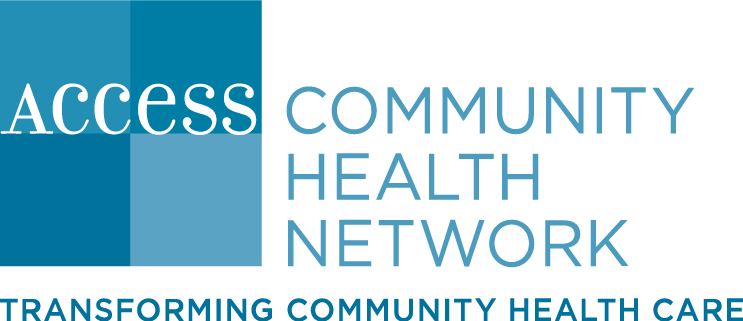Suicide Prevention in African-American and Hispanic Communities
Suicide does not discriminate. Although some communities in the past have had fewer incidences of suicide, African-American and Hispanic communities are experiencing an increase in suicide rates. In this article, we are taking a look at both communities and offering suggestions to help youth and young adults to live richer and healthier lives.
African-Americans
African-American youth and young adults who live in extremely impoverished neighborhoods have a nearly 36 percent risk of attempting suicide by the time they have reached the age of 20. These numbers represent higher risks than those that were previously known for other communities. Even more troubling, the suicide rate for African-American college age males has more than doubled in recent years.
Hispanics
The Hispanic community is hit harder than others when it comes to suicide. Suicide is the 12th leading cause of death for Hispanics of all ages and the third leading cause of death for Hispanic males ages 15 to 34. What’s more, Hispanic high school students report higher rates of suicidal behaviors than the general population of U.S. high school students.
What You Can Do:
Youth and young adults in both communities are challenged by systemic issues that have contributed to the dissolution of families, increased gang activity and community violence and disenfranchisement.
Given these pressures, they tend to rely on their friends. It is important that youth and young adults are provided with safe spaces to be with their peers and contemporaries and also provided opportunities to build positive peer relationships focused on life skills and creative interests.
Additionally, there are several other elements that have been proven to help support youth and reduce suicide rates in both communities:
- Safe spaces for positive interaction
- Community mental health awareness initiatives
- Positive ethnic and community pride
- Welcoming faith and community organizations
- Trauma-informed health care providers
- Problem-solving and resiliency skills
- Support of caring adults, i.e., educators, faith leaders and social workers
Know the Signs, Get Help
It’s critical that we all learn the warning signs and risks factors regarding suicide, including recent loss; experiencing or witnessing trauma or violence; isolation; bullying; a sense of hopelessness; uncontrolled anger; changes in mood; anxiety; sadness; increased use of alcohol or drugs; difficulty sleeping; or engaging in reckless, dangerous activities.
Pay attention to what someone says, does and feels. Ask if they are OK. Listen non-judgmentally. Provide emotional support, and encourage them to get appropriate professional help. If you think someone is in immediate danger of self-harm or suicide, seek help for that person, including calling 988, when necessary.
How We Can Help
At ACCESS, we treat the whole person and believe behavioral health is an integral part of one’s overall heath. ACCESS offers a wide range of behavioral health services and programs to help you live the best life possible. For more information about ACCESS' behavioral health services, make an appointment today.
Sources:
As of January 4, 2023
